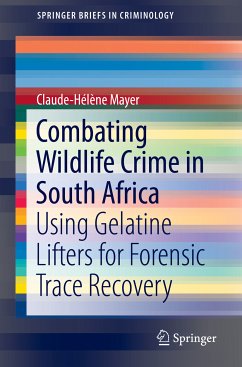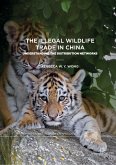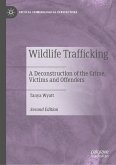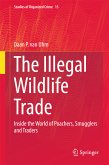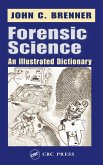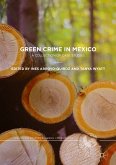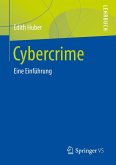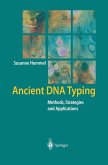This brief explores wildlife crime and its international and culture-specific combat in South Africa from a green psychology perspective, focusing on a specific method of forensic trace recovery by analysing and evaluating the use of gelatine lifters. It provides theoretical and applied insight into visualising and sequential processing of finger-, shoe- and footprints, and environmental traces. It allows the reader in-depth insight into effective methods of international wildlife crime combat, based on the South African perspective. This brief gives theoretical and applied recommendations for international, regional and local actors for successful cooperation on wildlife protection.
As global and local programs, actions and law enforcement strategies to combat wildlife crime are gaining strength, forensic trace evidence is a useful method for investigative and preventive success. This brief will be useful for students and researchers in forensic science, wildlife crime, green criminology, as well as for law enforcement and international actors combating wildlife crime practically on both international and local levels.
Dieser Download kann aus rechtlichen Gründen nur mit Rechnungsadresse in A, B, BG, CY, CZ, D, DK, EW, E, FIN, F, GR, HR, H, IRL, I, LT, L, LR, M, NL, PL, P, R, S, SLO, SK ausgeliefert werden.

